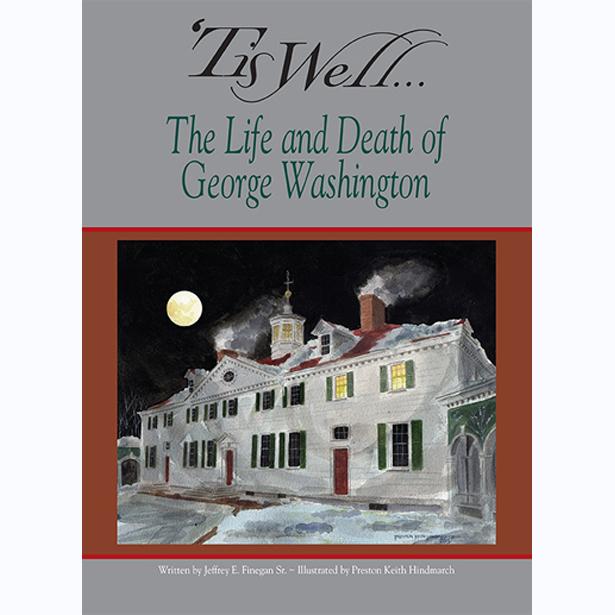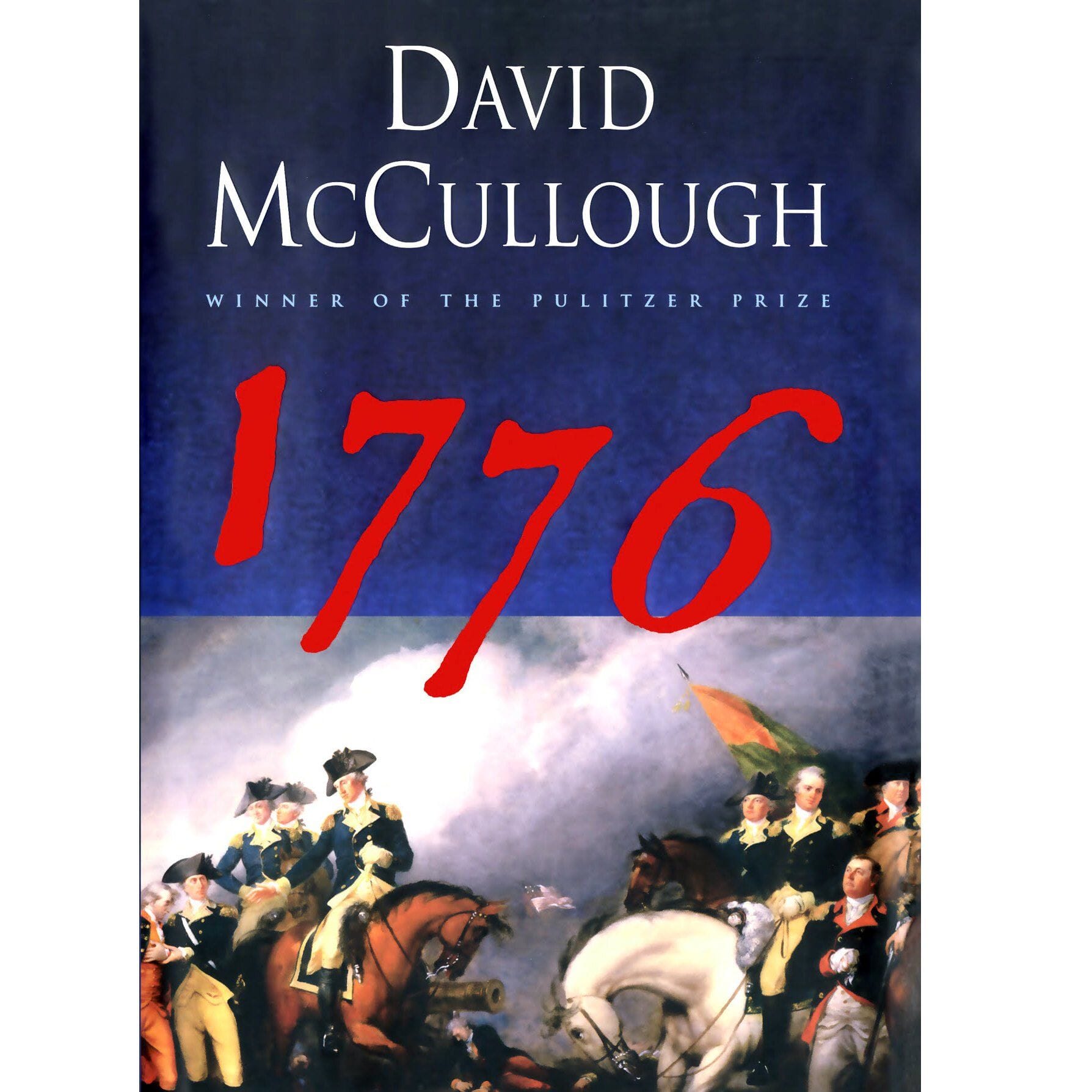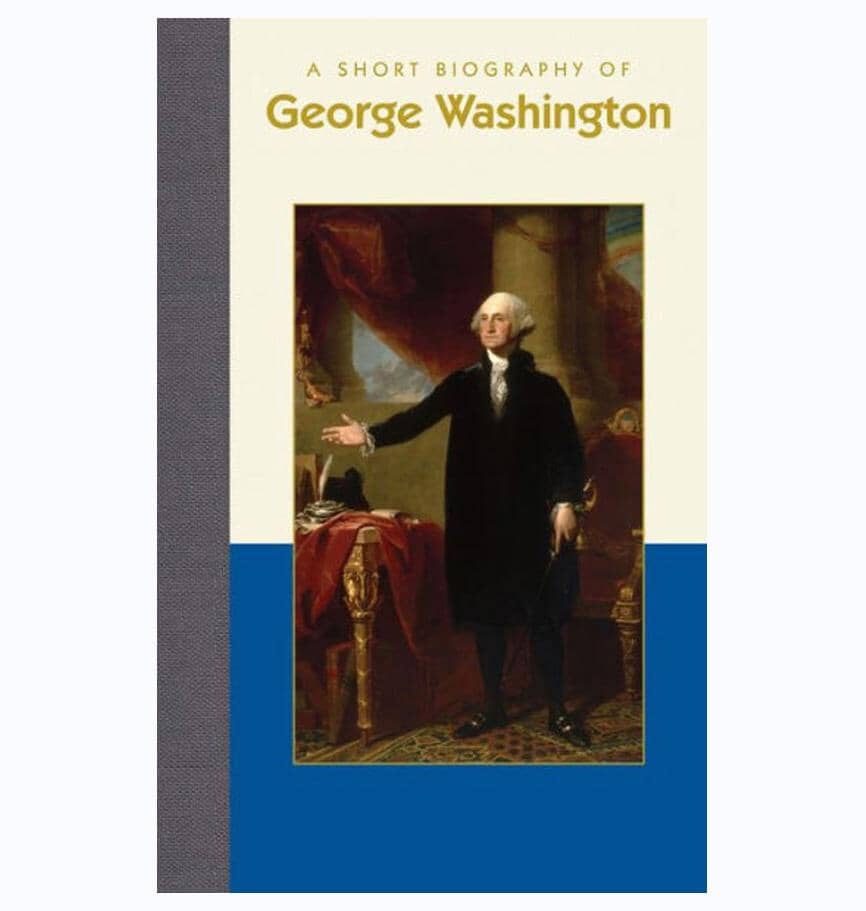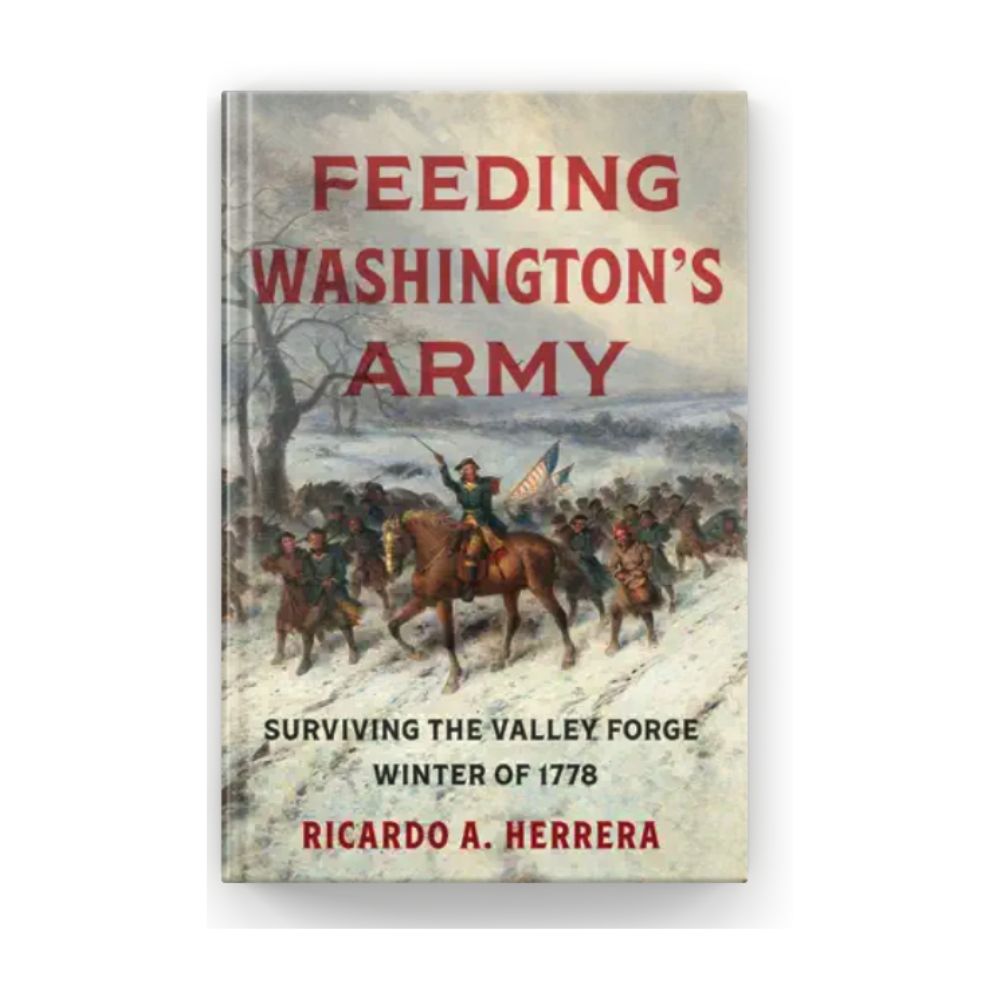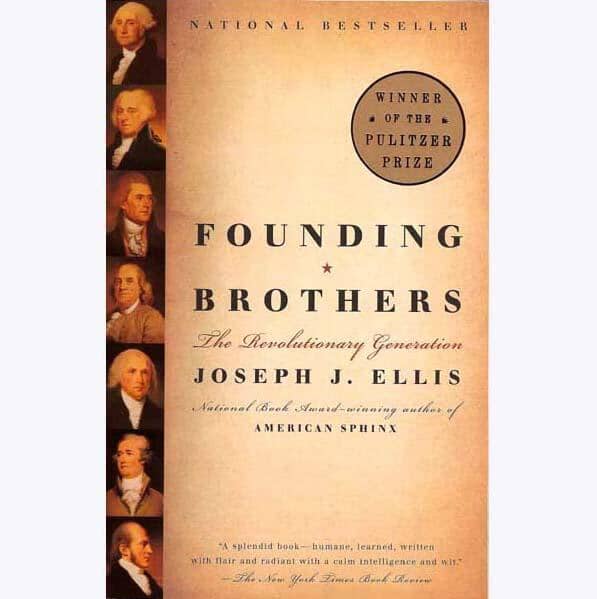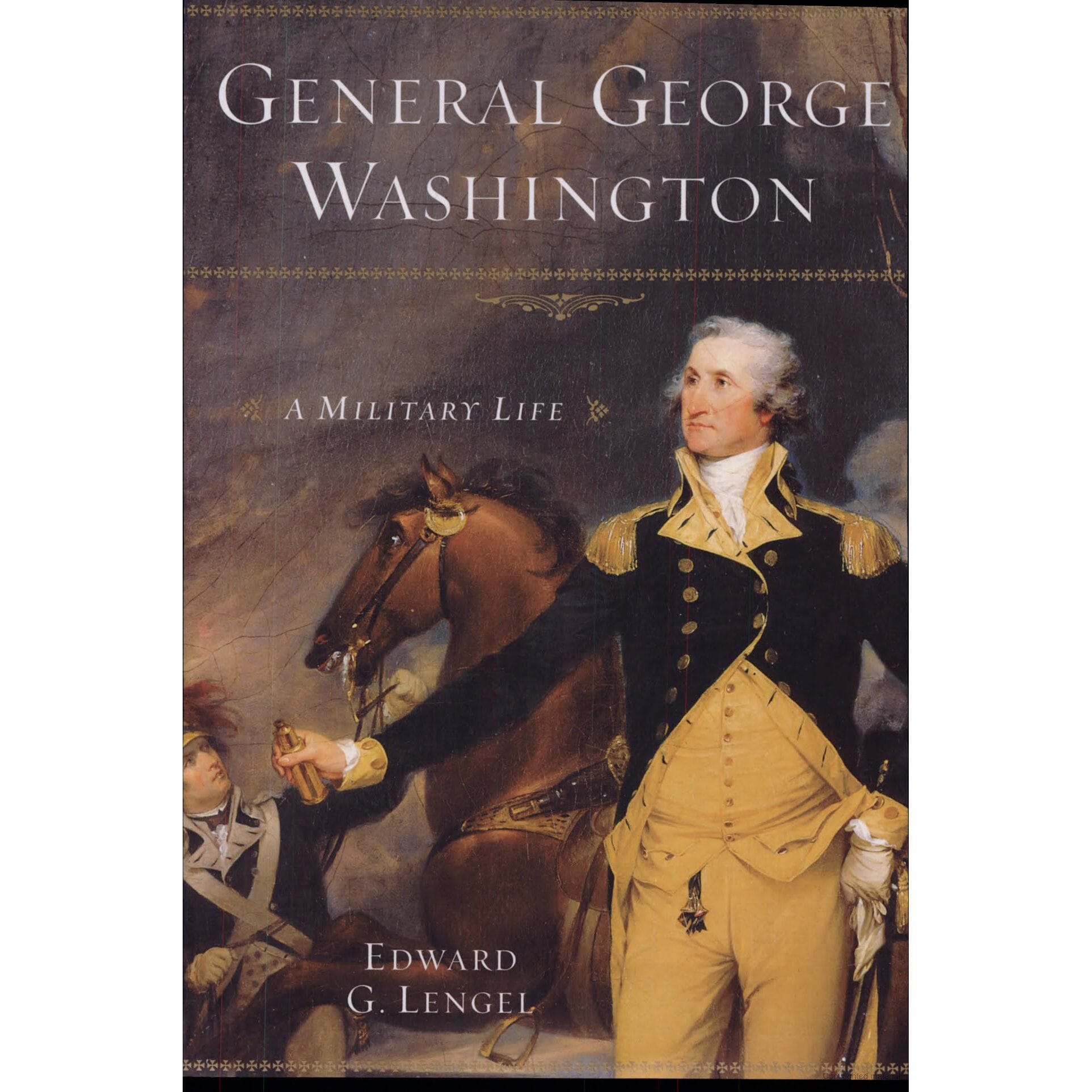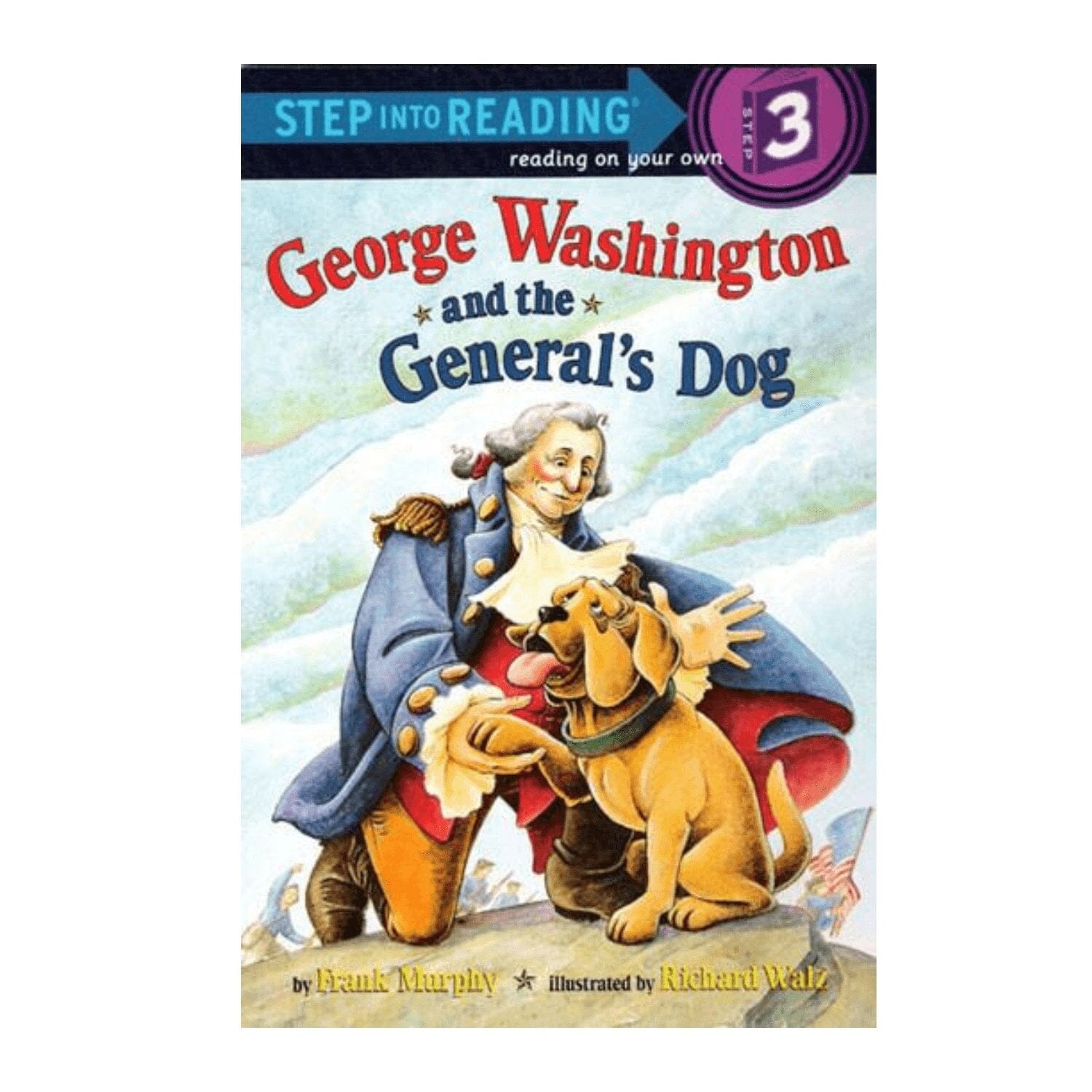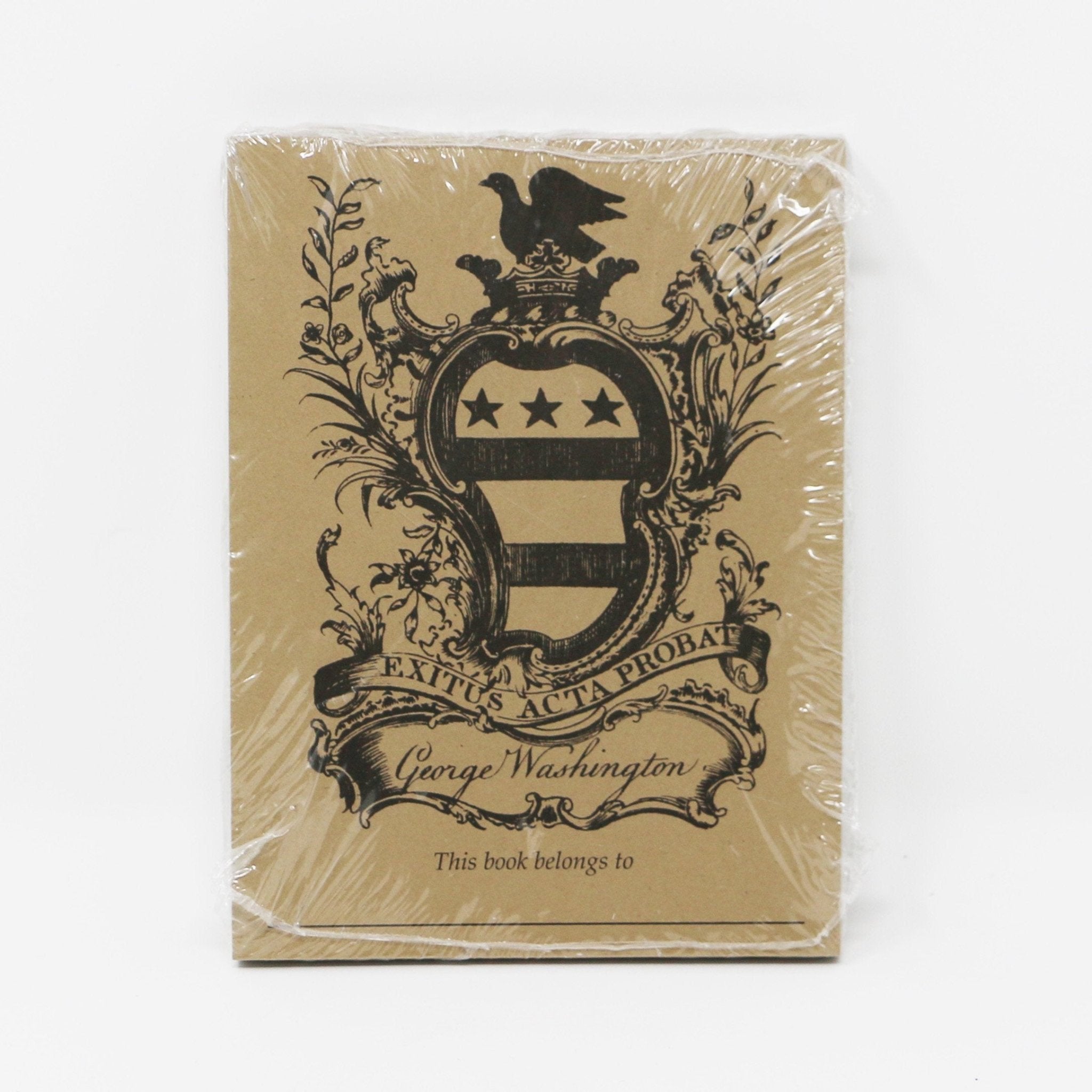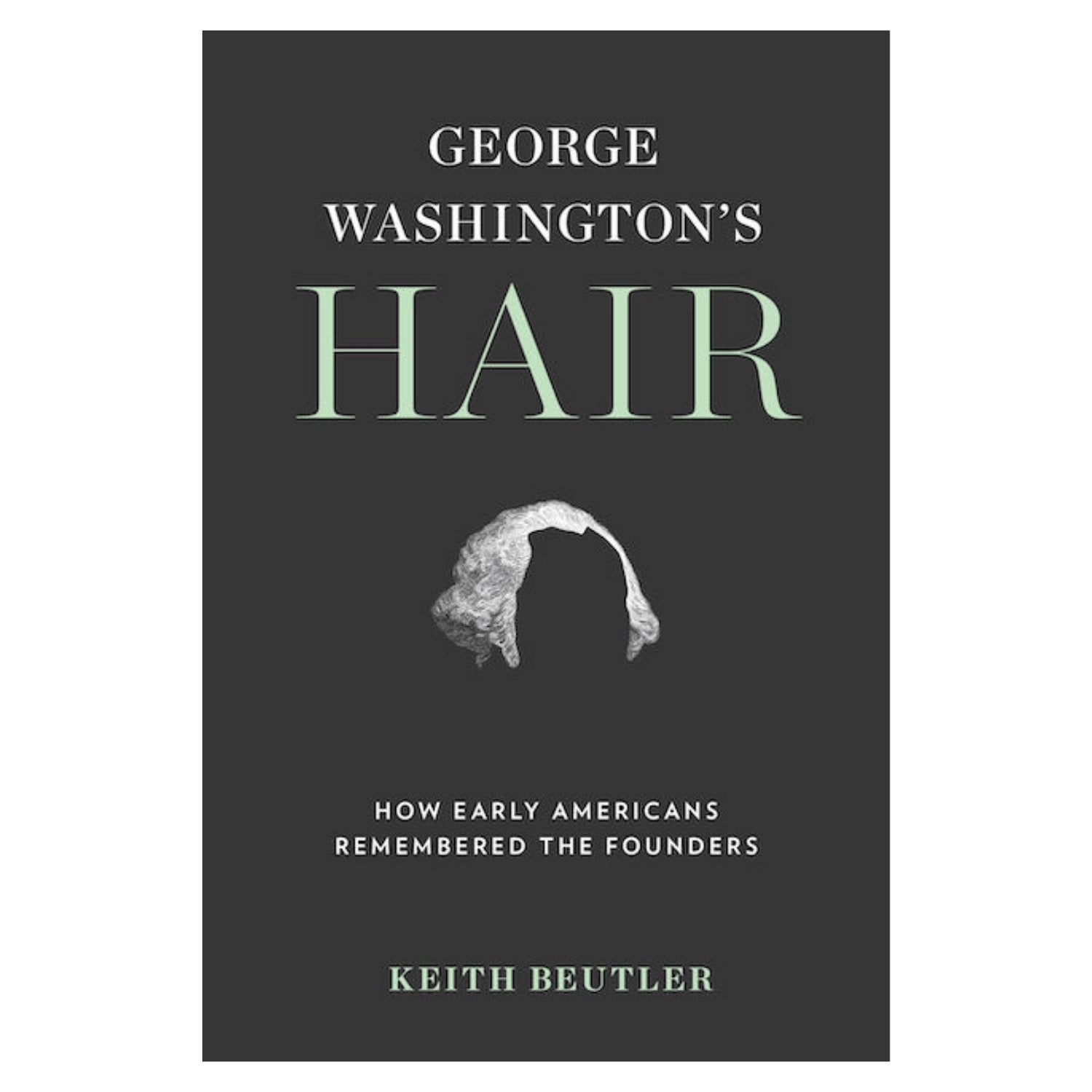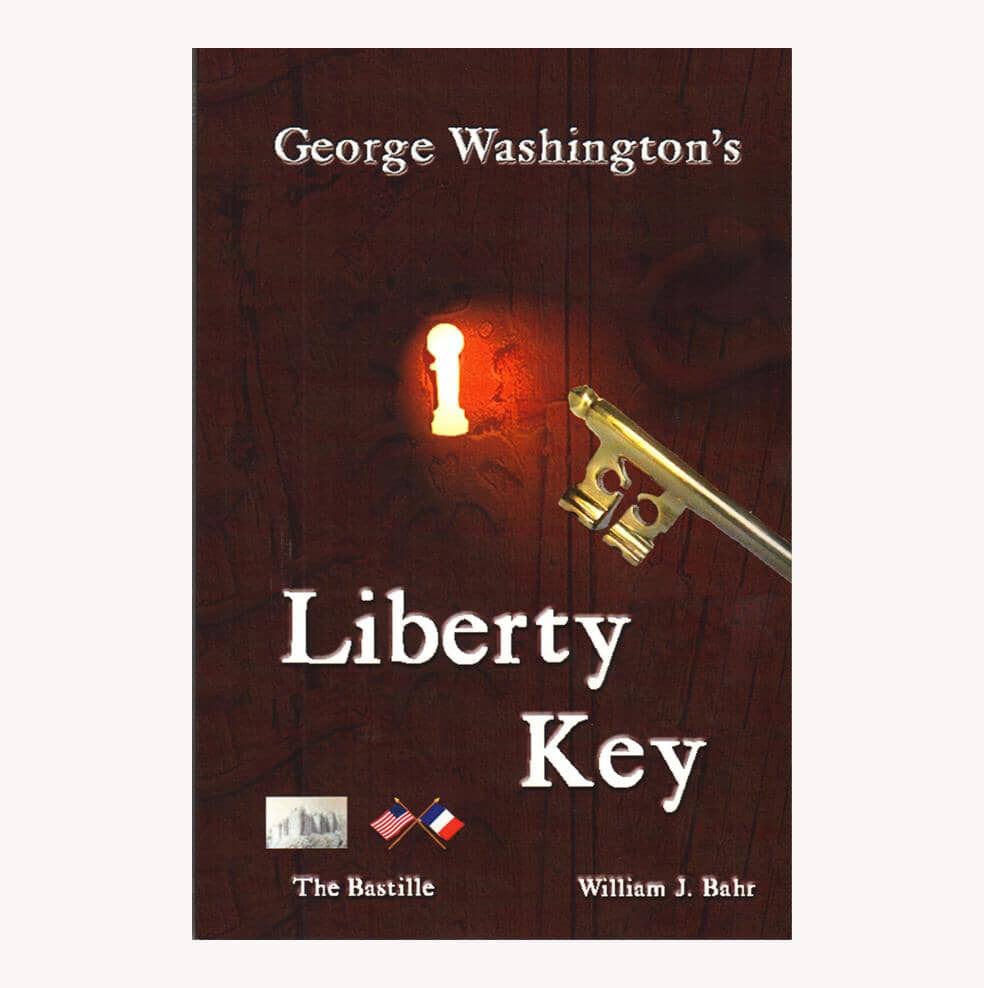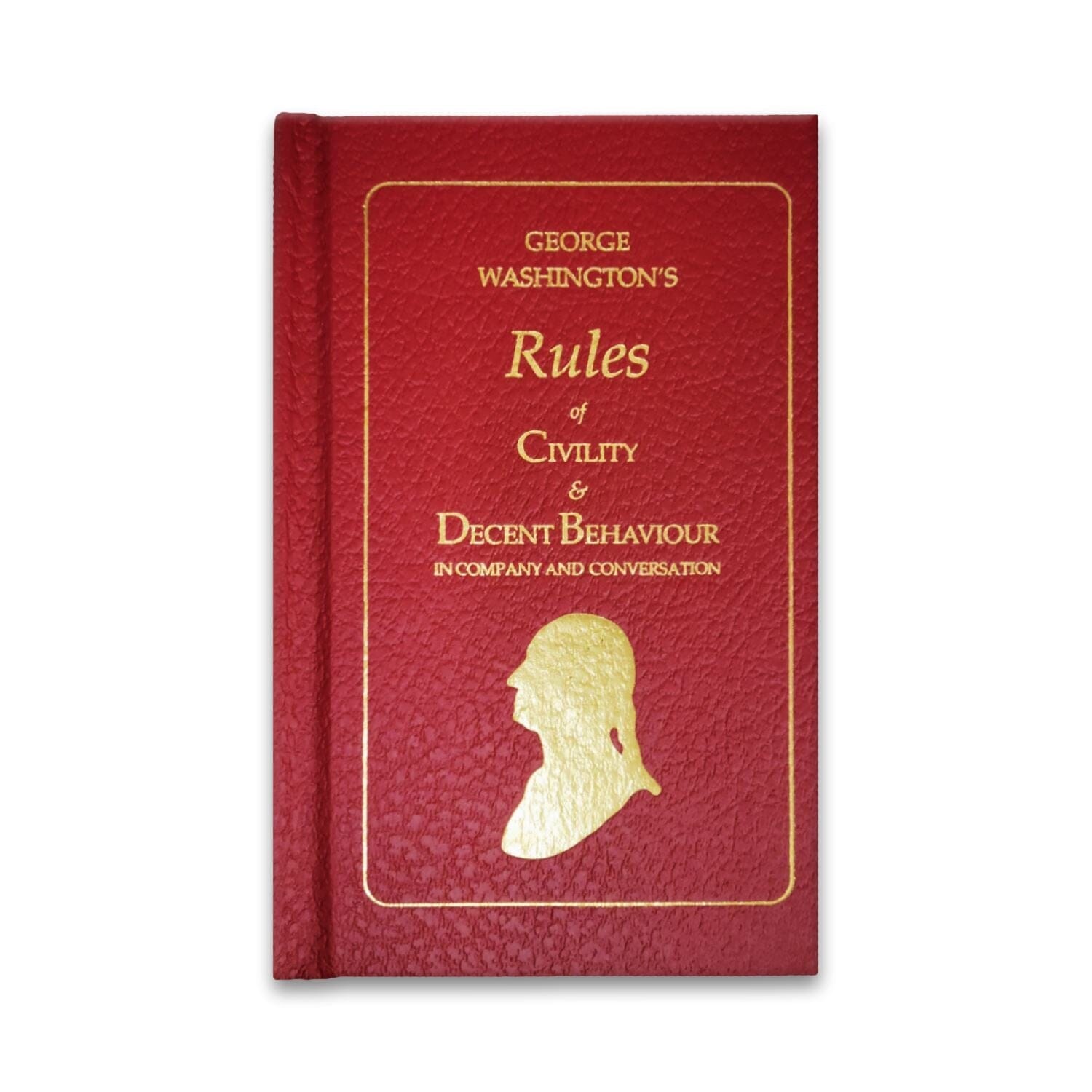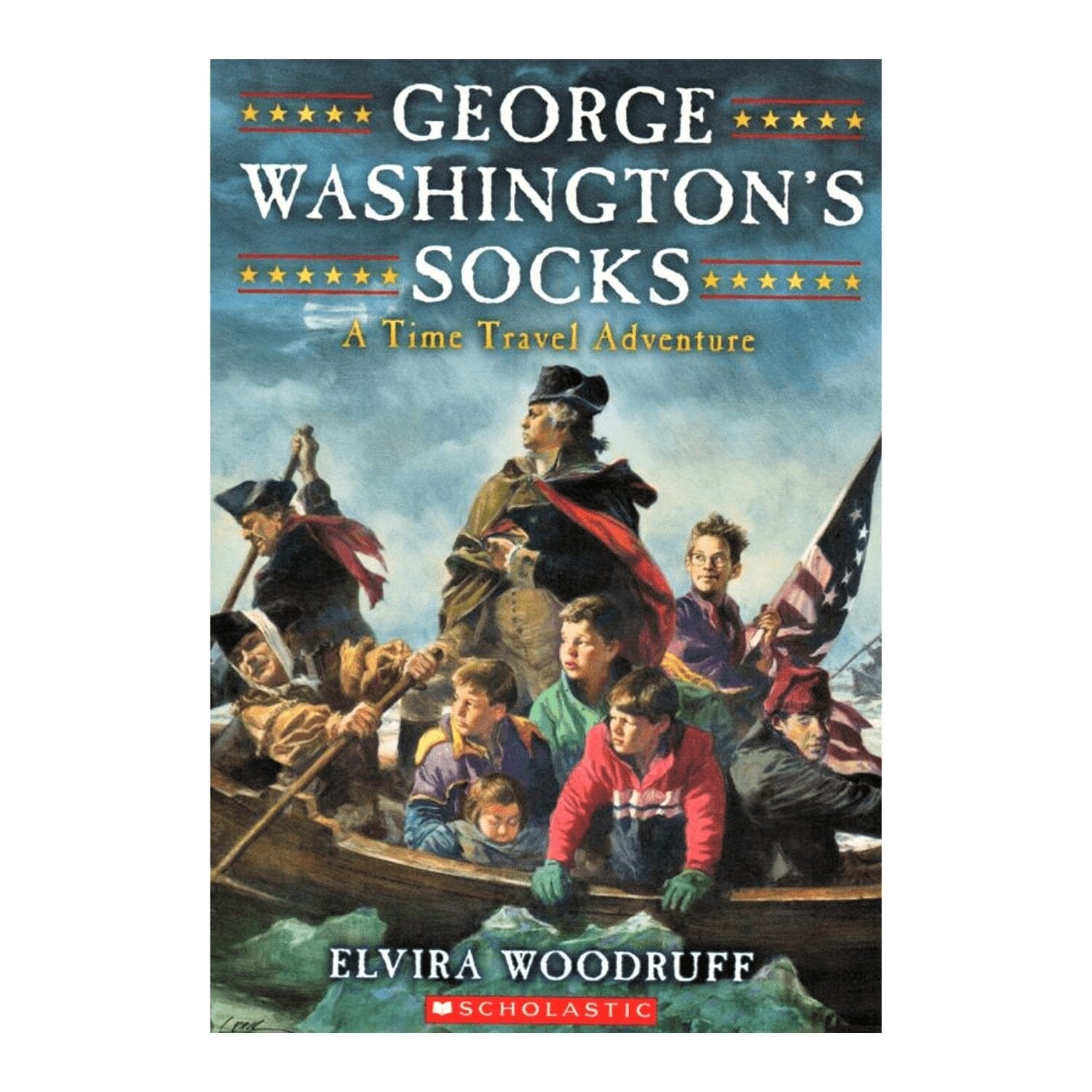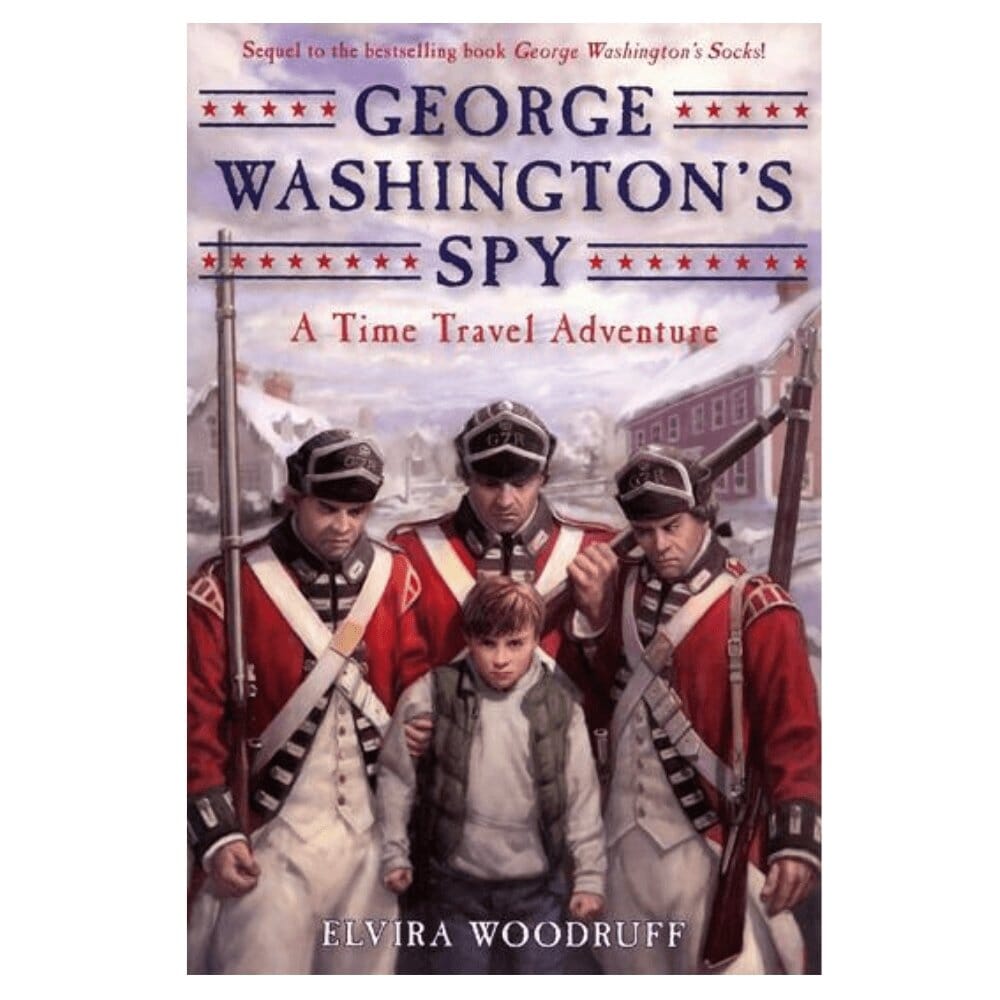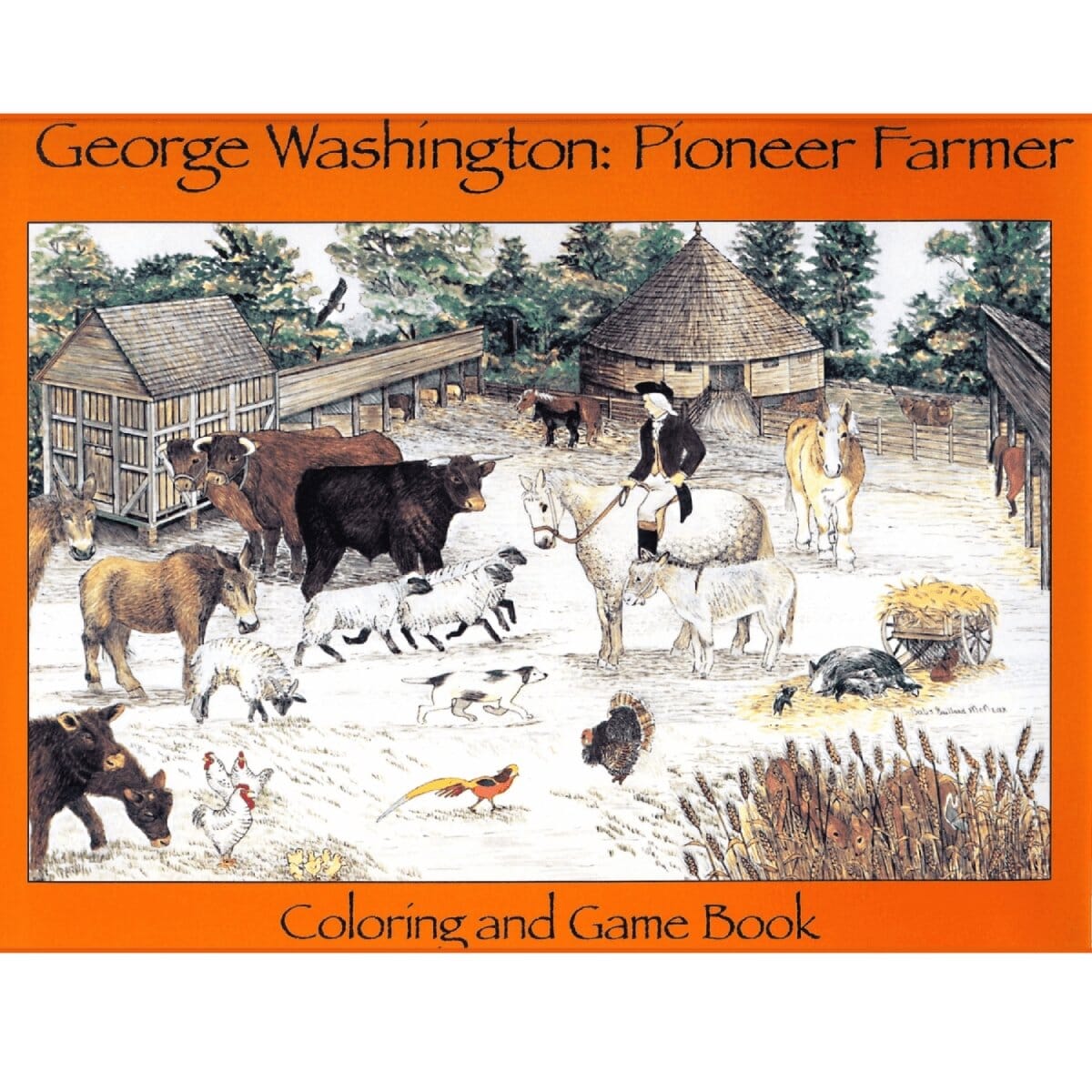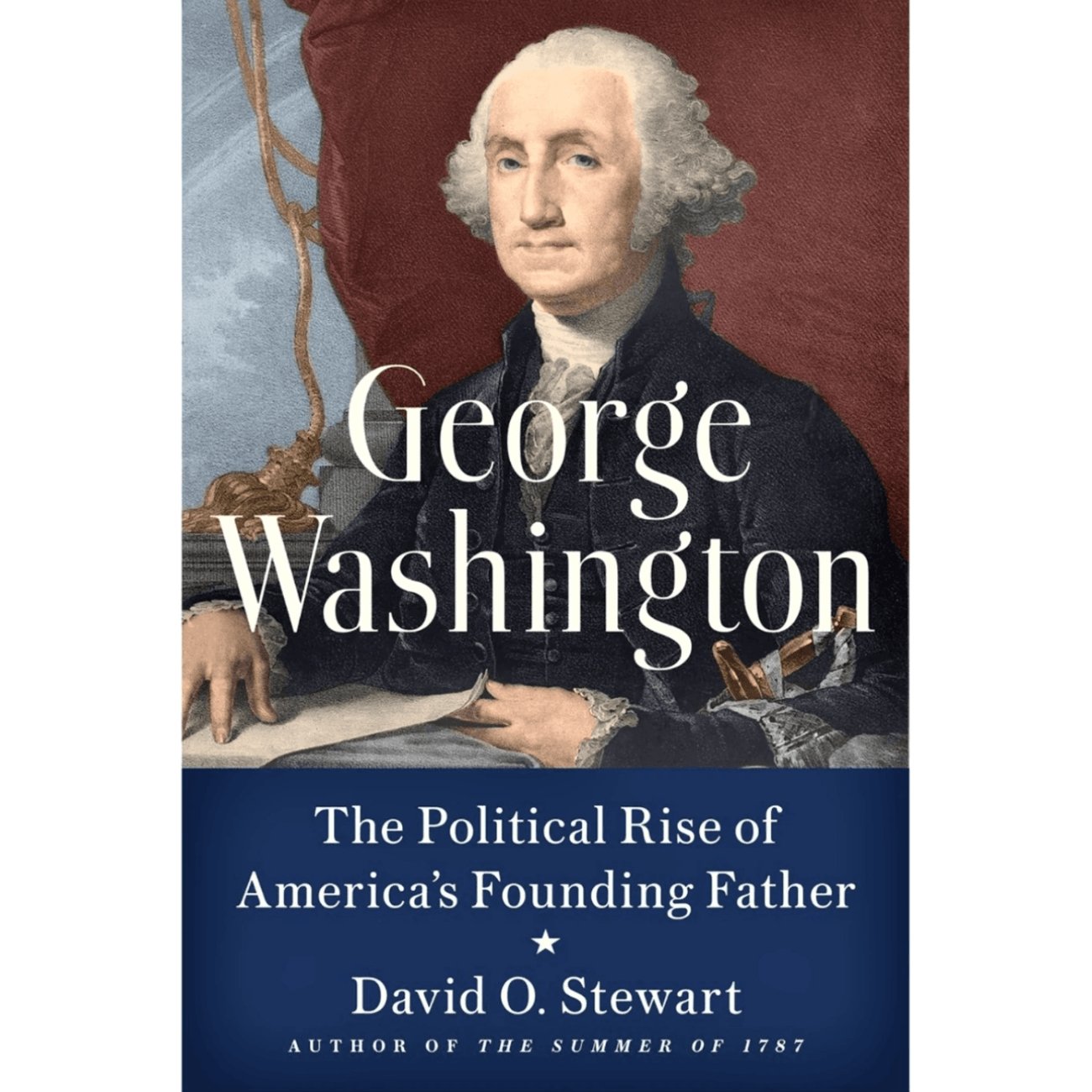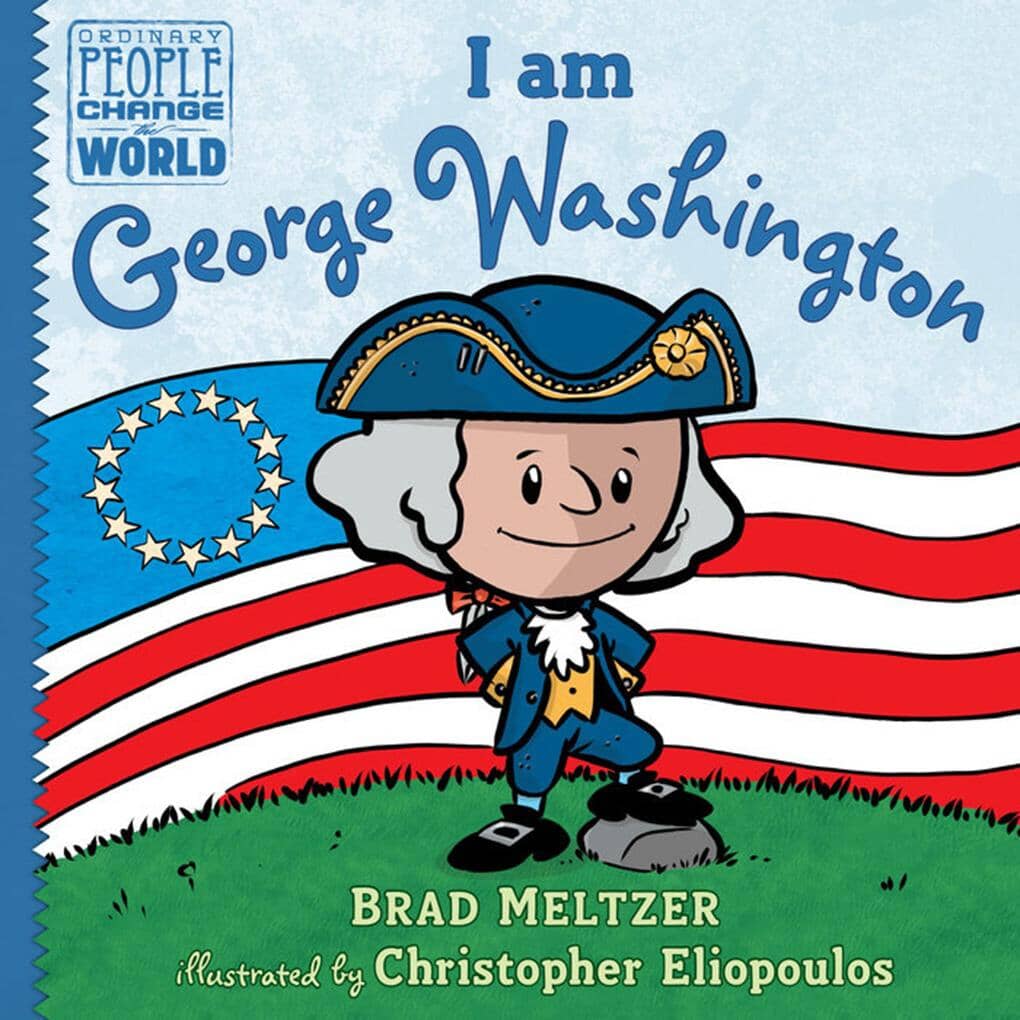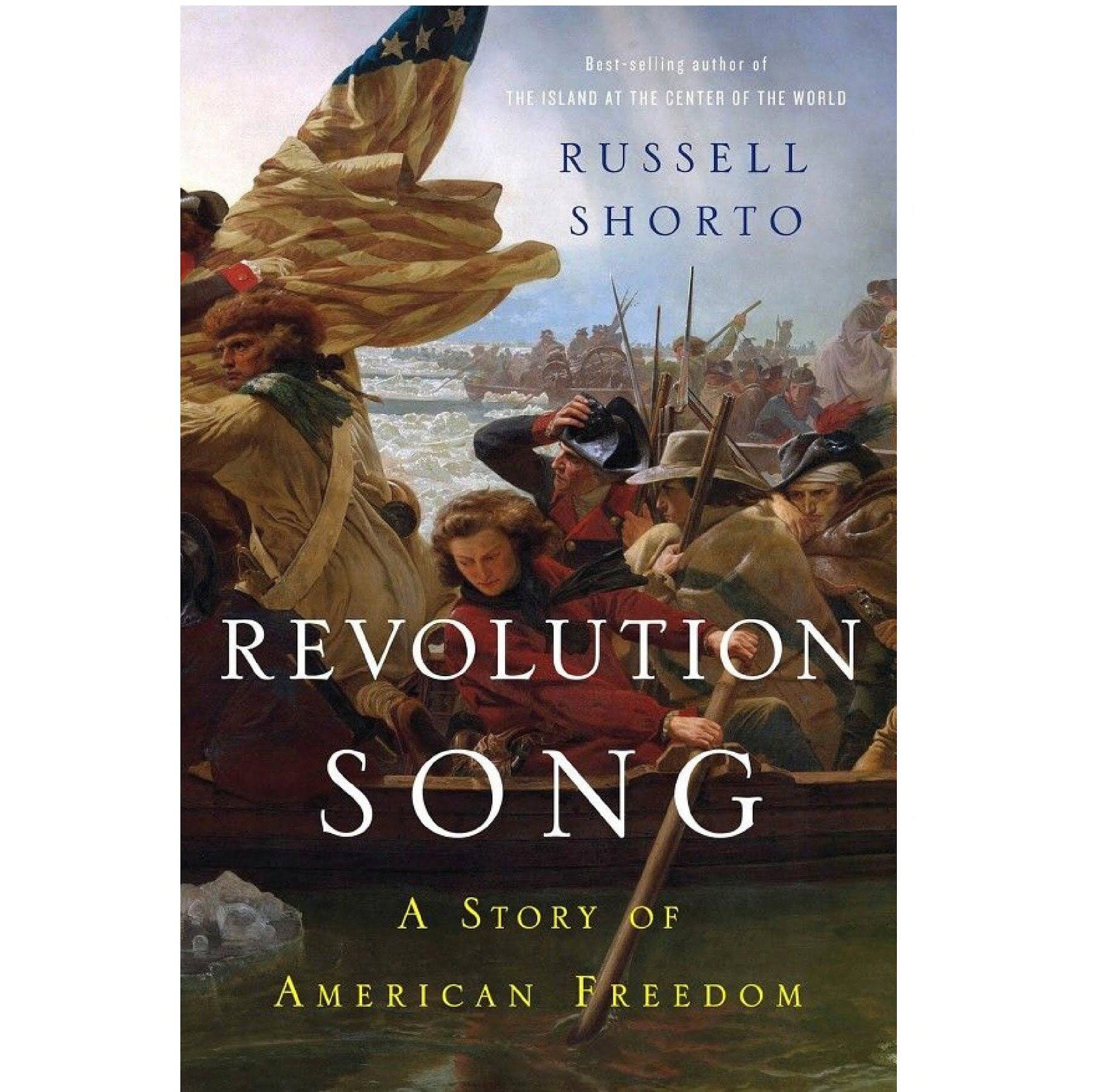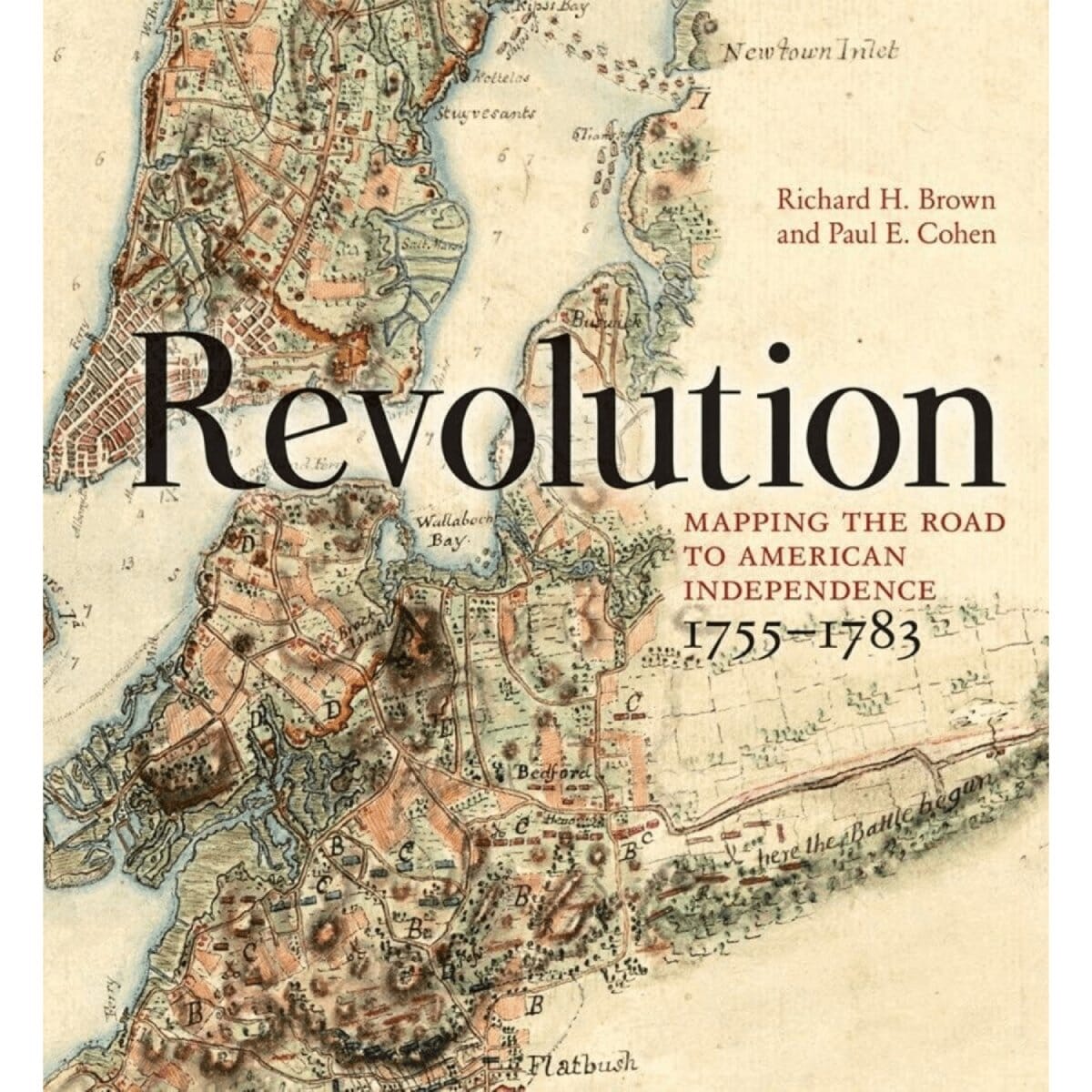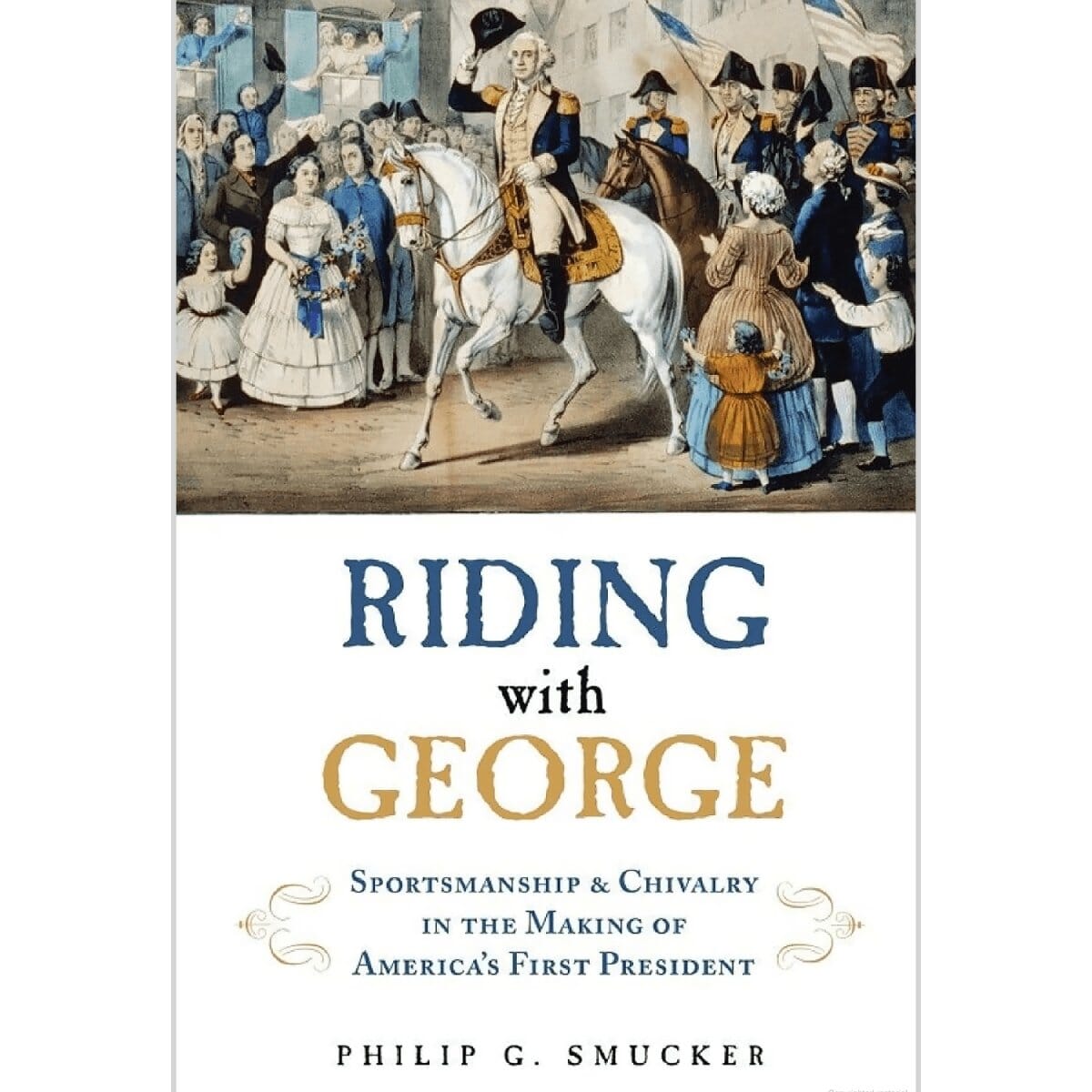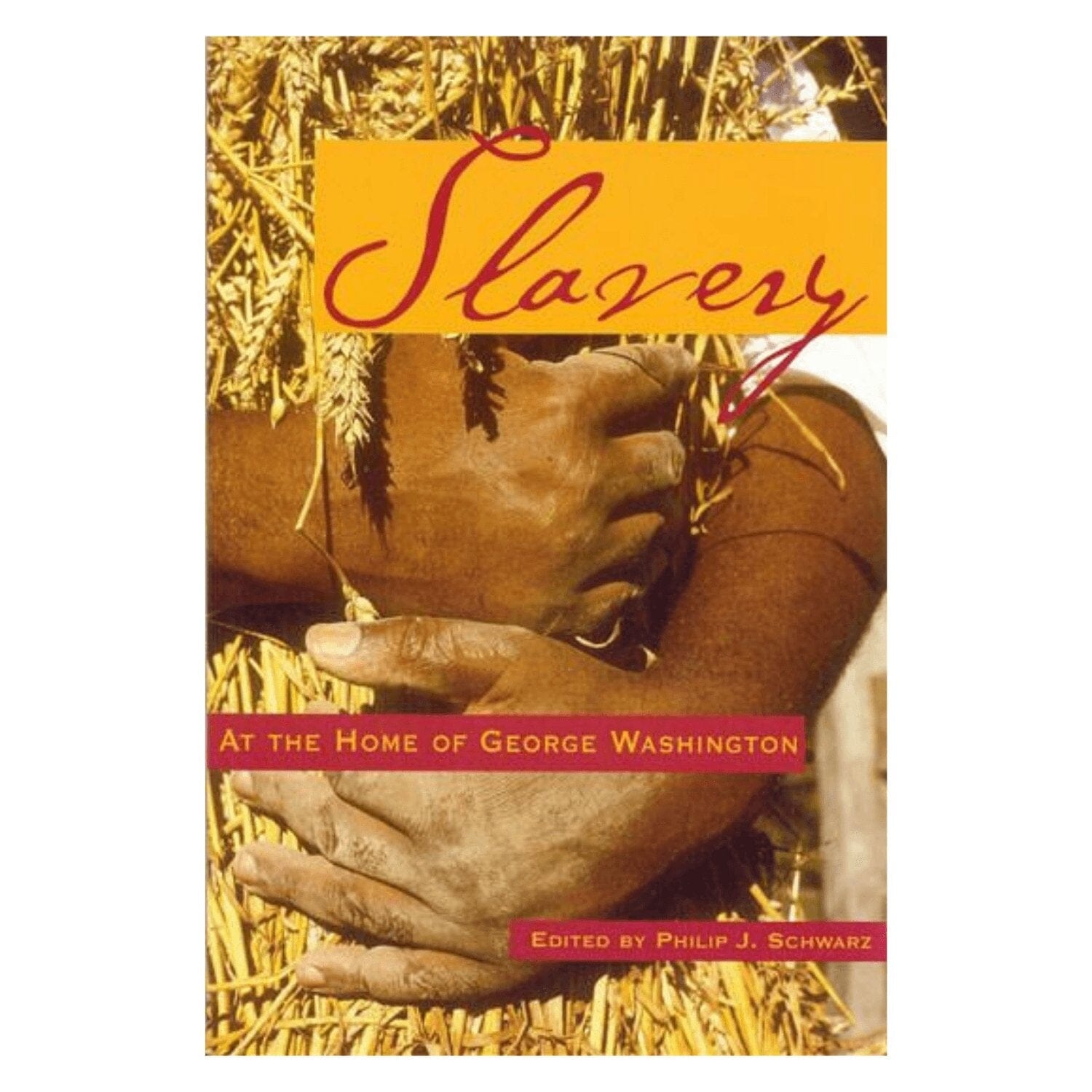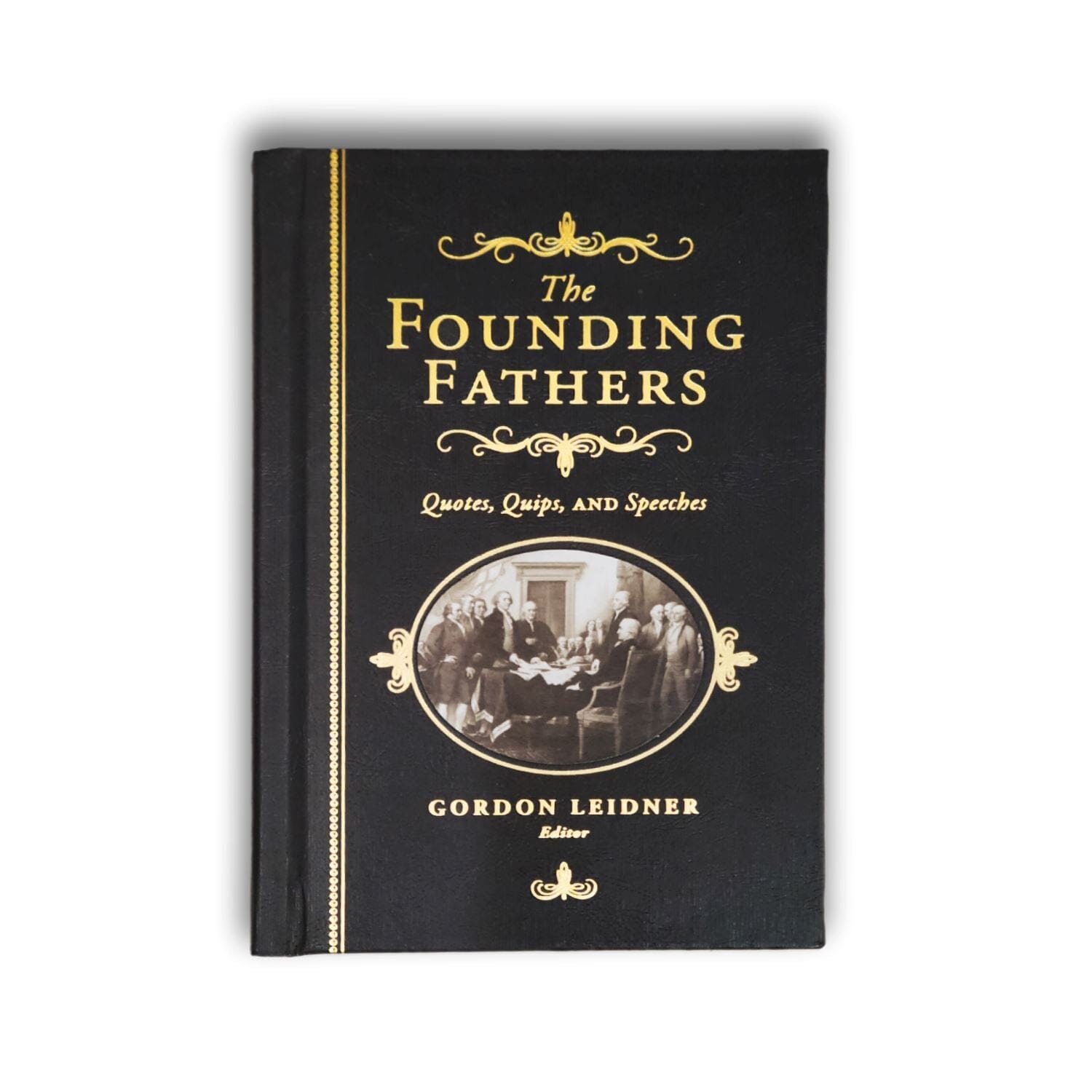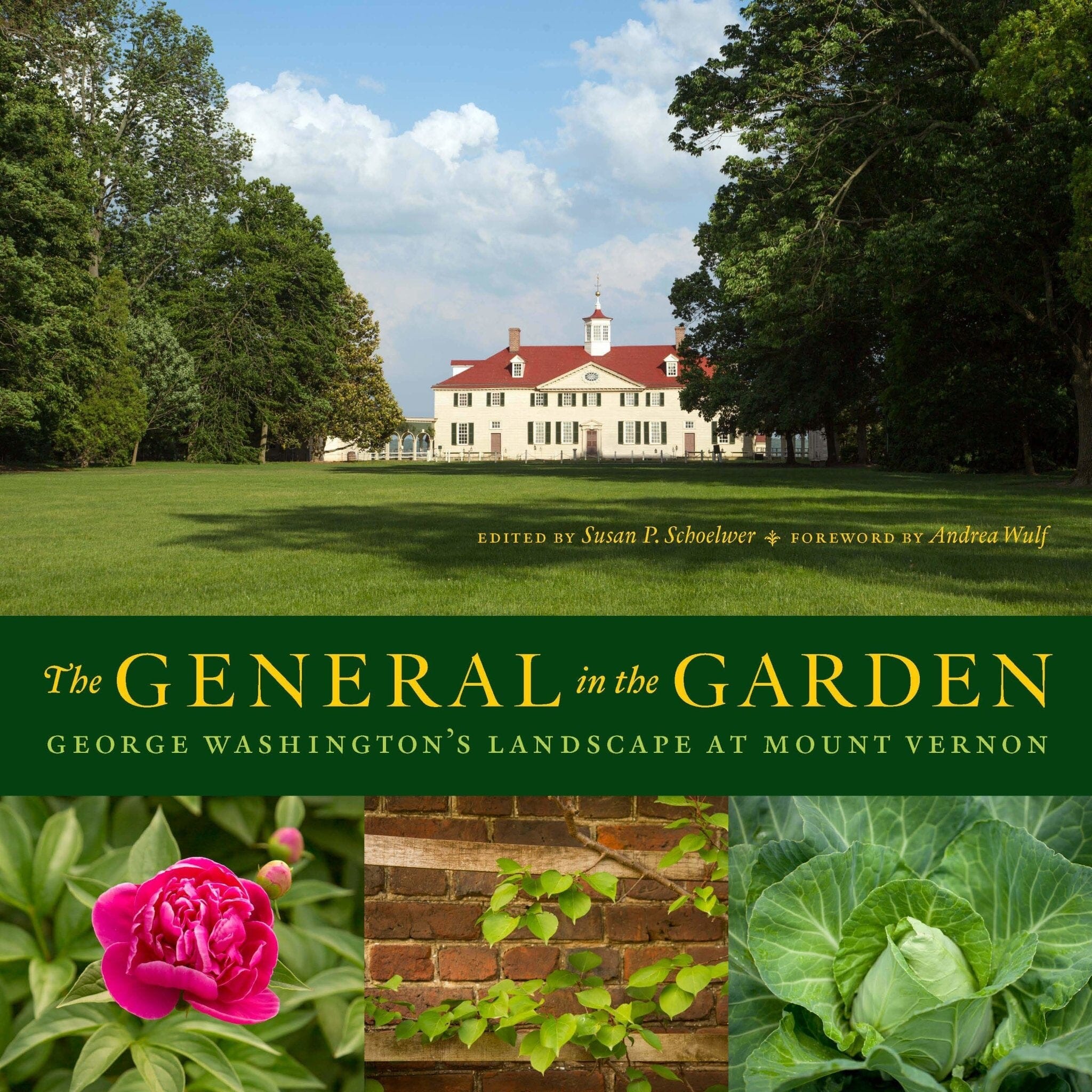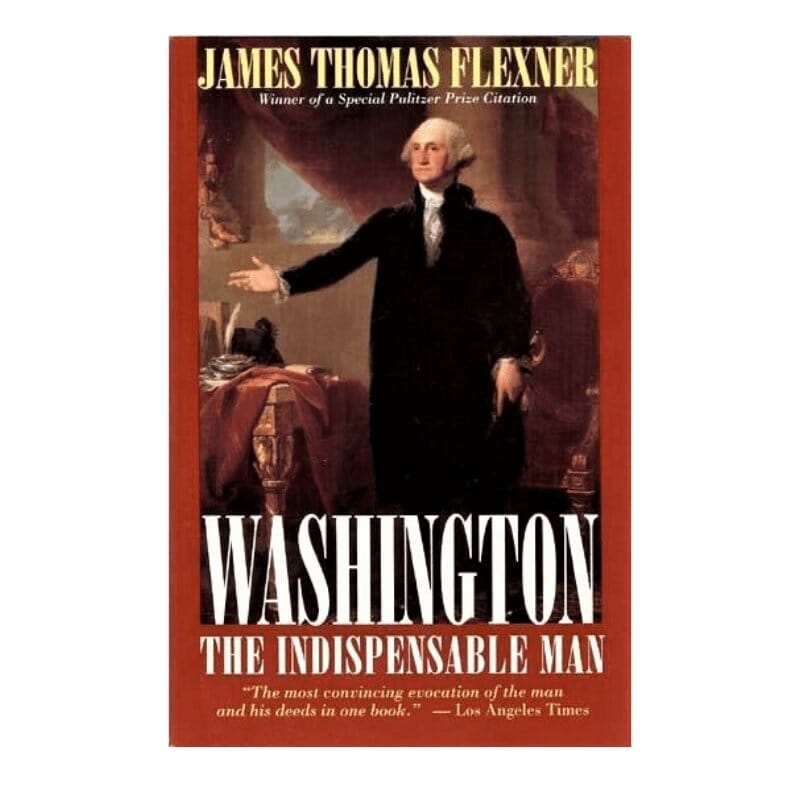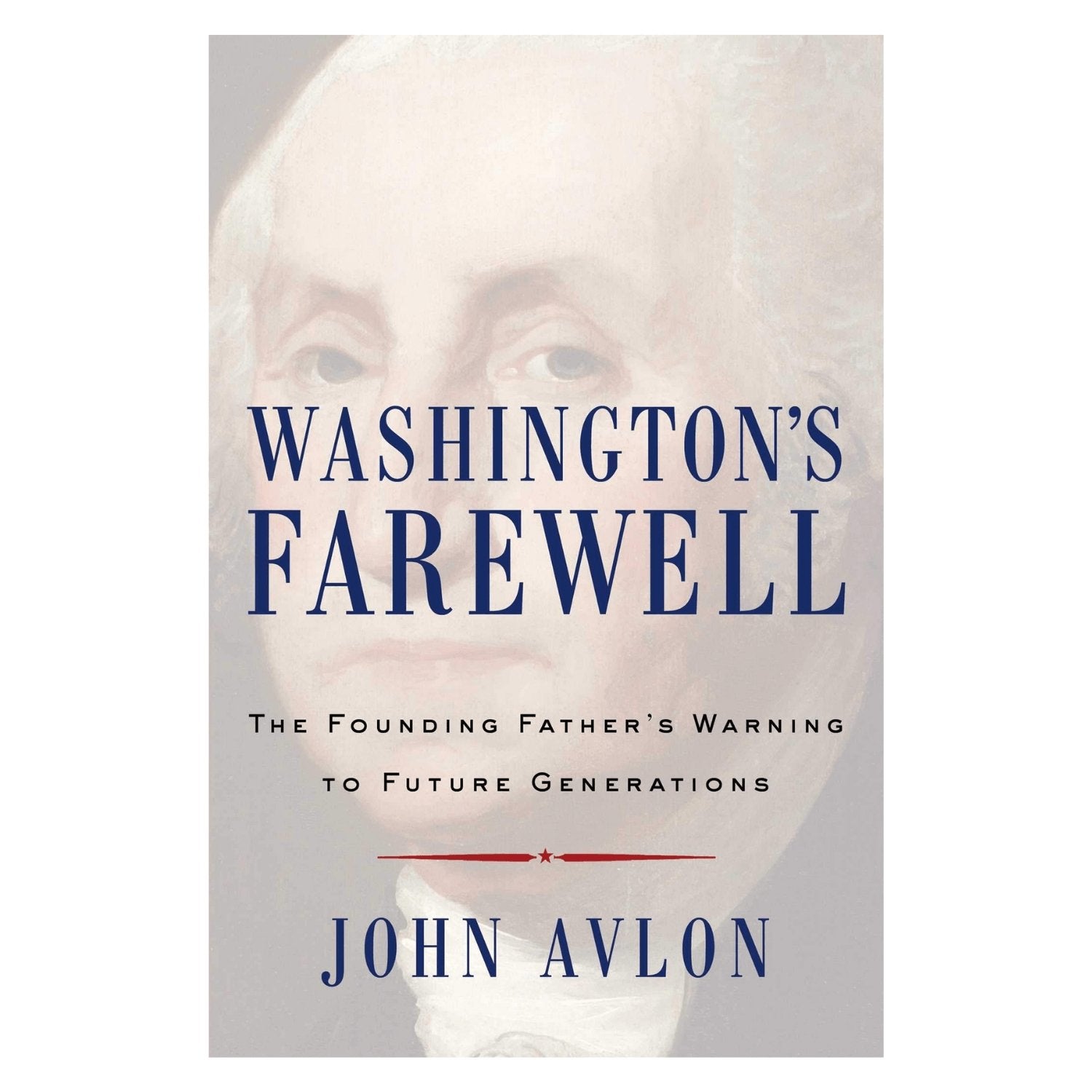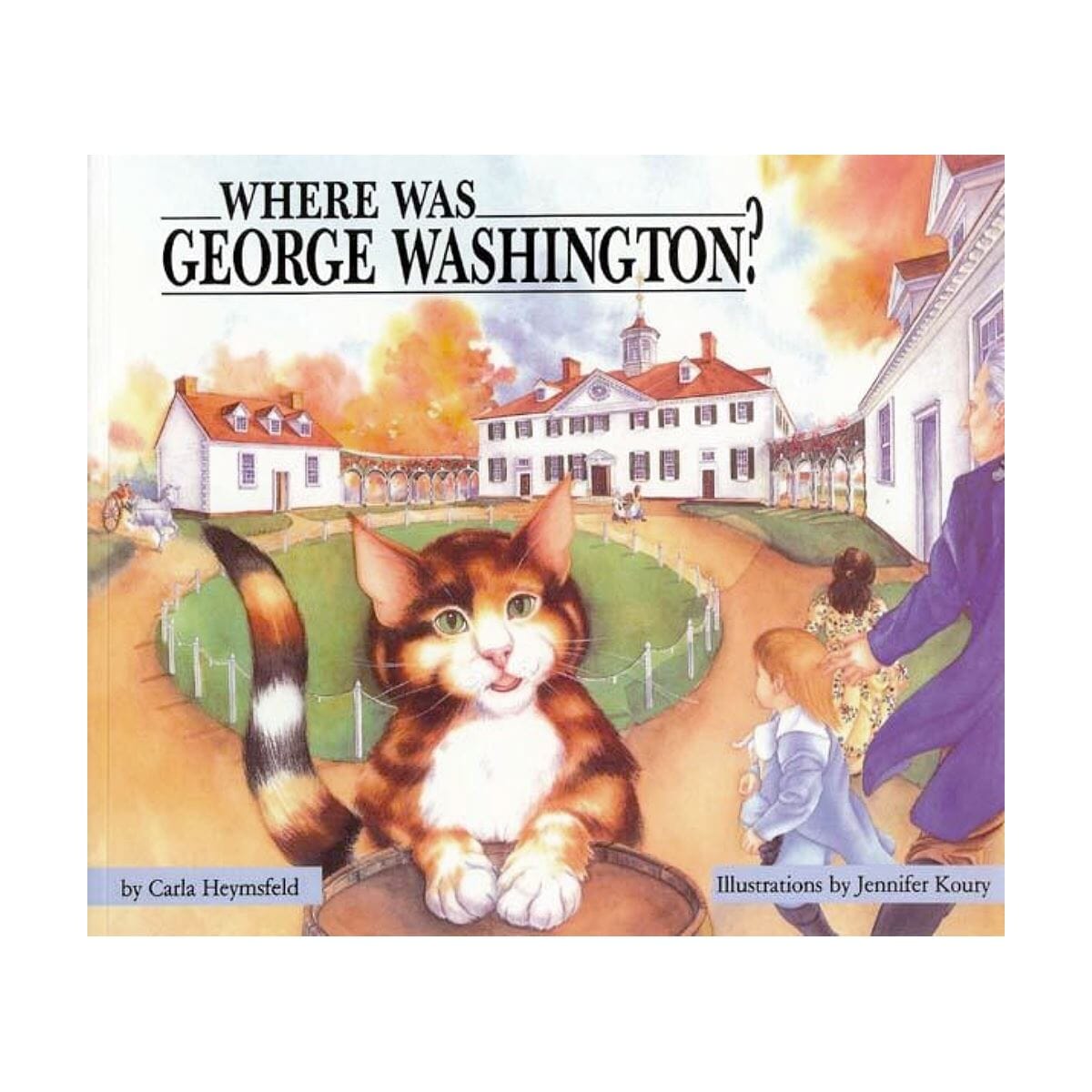In June 1775, Congress commissioned George Washington to take command of the Continental Army besieging the British in Boston. He wrote home to Martha that he expected to return safely to her in the fall. The command kept him away from Mount Vernon for more than 8 years (with only one very brief visit while en route to Yorktown).
It was a command for which his military background, although greater than that of any of the other available candidates, hardly prepared him. His knowledge lay in frontier warfare, involving relatively small numbers of soldiers. He had no practical experience maneuvering large formations, handling cavalry or artillery, or maintaining supply lines adequate to support thousands of men in the field. He learned on the job; and although his army reeled from one misfortune to another, he had the courage, determination, and mental agility to keep the American cause one step ahead of complete disintegration until he figured out how to win the unprecedented revolutionary struggle he was leading.
His task was not overwhelming at first. The British position in Boston was untenable, and in March 1776 they withdrew from the city. But it was only a temporary respite. In June a new British army, under the command of Sir William Howe, arrived in the colonies with orders to take New York City. Howe commanded the largest expeditionary force Britain had ever sent overseas.
Defending New York was almost impossible. An island city, New York is surrounded by a maze of waterways that gave a substantial advantage to an attacker with naval superiority. Howe's army was larger, better equipped, and far better trained than Washington's. They defeated Washington's army at Long Island in August and routed the Americans a few weeks later at Kip's Bay, resulting in the loss of the city. Forced to retreat northward, Washington was defeated again at White Plains. The American defense of New York City came to a humiliating conclusion on November 16, 1776, with the surrender of Fort Washington and some 2,800 men. Washington ordered his army to retreat across New Jersey. The remains of his forces, mud-soaked and exhausted, crossed the Delaware River into Pennsylvania on December 7.
The British had good reason to believe that the American rebellion would be over in a few months and that Congress would seek peace rather than face complete subjugation of the colonies. The enlistments of most of Washington's army were due to expire at the end of December. However, instead of crushing the remains of Washington's army, Howe went into winter quarters, with advanced garrisons at Trenton and Princeton, leaving Washington open to execute one of the most daring military operations in American history. On Christmas night Washington's troops crossed the Delaware River and attacked the unsuspecting garrison at Trenton, forcing it to surrender. A few days later Washington again crossed the Delaware, outmaneuvered the force sent to crush him, and fell on the enemy at Princeton, inflicting a humiliating loss on the British.
For much of the remainder of the war, Washington's most important strategic task was to keep the British bottled up in New York. Although he never gave up hope of retaking the city, he was unwilling to risk his army without a fair prospect of success. An alliance with France and the arrival of a French army under the Comte de Rochambeau in July 1780 renewed Washington's hopes to recapture New York; however, together Washington and Rochambeau commanded about 9,000 men -- some 5,000 fewer than Clinton. In the end, therefore, the allied generals concluded, that an attack on New York could not succeed.
Instead, they decided to strike at the British army under Cornwallis, which was camped at Yorktown, Virginia. Washington's planning for the Battle of Yorktown was as bold as it had been for Trenton and Princeton but on a much larger scale. Depending on Clinton's inactivity, Washington marched south to lay siege on Cornwallis. On October 19, 1781, he accepted the surrender of Cornwallis's army. Although two more years passed before a peace treaty was completed, the victory at Yorktown effectively brought the Revolutionary War to an end.
To the world's amazement, Washington had prevailed over the more numerous, better supplied, and fully-trained British army, mainly because he was more flexible than his opponents. He learned that it was more important to keep his army intact and to win an occasional victory to rally public support than it was to hold American cities or defeat the British army in an open field. Over the last 200 years, revolutionary leaders in every part of the world have employed this insight, but never with a result as startling as Washington's victory over the British.
On December 23, 1783, Washington presented himself before Congress in Annapolis, Maryland, and resigned his commission. Like Cincinnatus, the hero of Classical antiquity whose conduct he most admired, Washington had the wisdom to give up power when he could have been crowned a king. He left Annapolis and went home to Mount Vernon with the fixed intention of never again serving in public life. This one act, without precedent in modern history, made him an international hero.
Learn More













![One of the most important tools of the trade was a surveyor's compass. When mounted on a staff, the compass enabled the user to establish a line from a known reference point to the point of interest and determine its bearing. MVLA [W-579/A-B]](http://mtv-main-assets.mountvernon.org/files/callout/text-image-block-full/image/sml_surveying-gear-web.jpg)



















